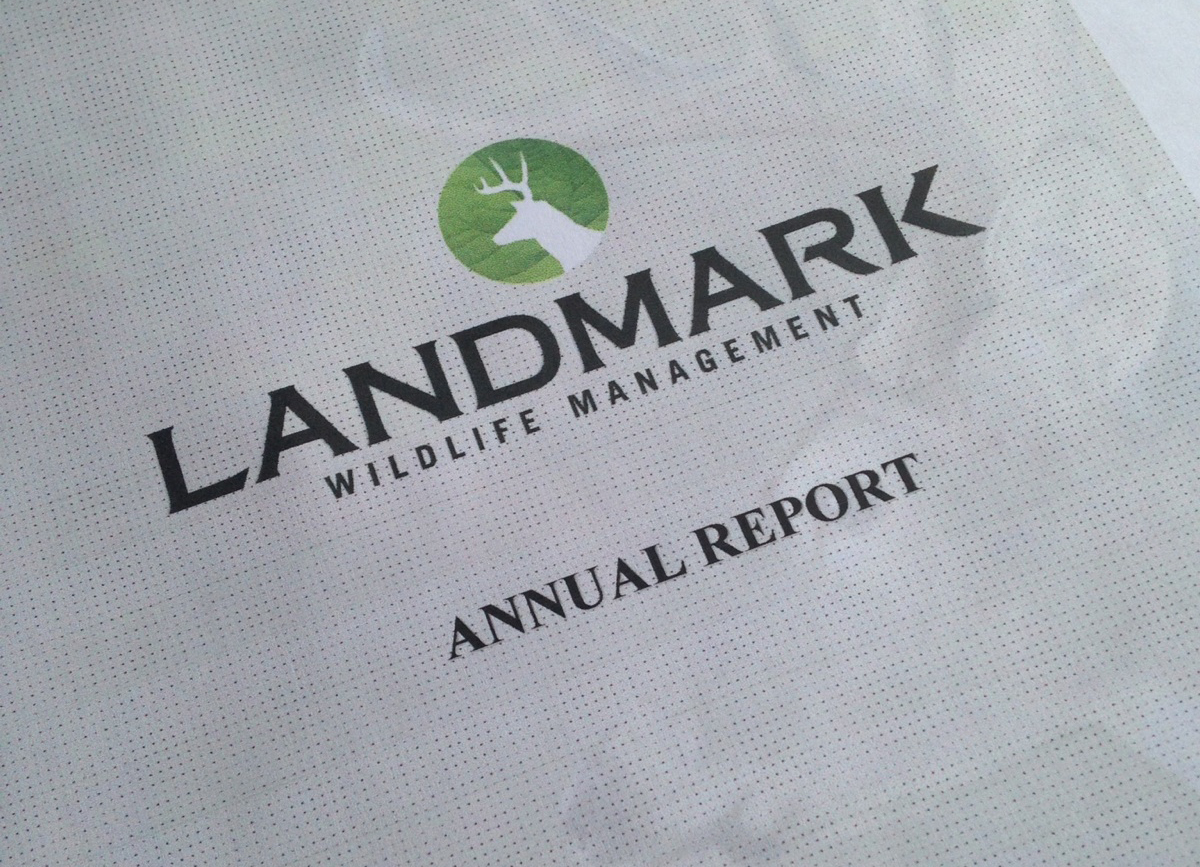If a tree falls in a forest and no one is around to hear it, does it make a sound?
If you perform a wildlife activity but don’t have an Annual Report to prove it, will you keep your wildlife exemption?
A well-drafted Wildlife Management Valuation (Wildlife Exemption) Annual Report is a key part of keeping your wildlife exemption. In fact, many appraisal districts require submittal of an Annual Report to justify granting the property tax valuation. All of your hard work performing required activities may be for naught if you don’t have an organized, written record that effectively demonstrates those wildlife activities you performed during the calendar. A well-drafted Annual Report should include photos, receipts, maps, work diaries, and/or field log sheets.
For many, the thought of putting together an Annual Report may sound as appealing – that is, as agonizing – as doing your tax return, but not only will your Annual Report help you maintain your wildlife exemption, it also lets you become part of our state and country’s long and rich history of understanding and protecting our native wildlife.
When approaching the task of an Annual Report, don’t think of yourself as a slave to the tax man, rather, consider yourself a part of wildlife management history – perhaps even a modern-day Aldo Leopold.
You and Aldo Leopold
In November 1995, Texas voters approved an amendment to the state constitution allowing an agricultural use appraisal for land used to manage wildlife. But it was more than 100 years earlier, when the U.S. Dept. of Agriculture implemented one of the first efforts to manage wildlife in this country. While the Division of Economic Ornithology and Mammalogy’s initial purpose was to study bird populations, their migrations, and the crop damage they caused, in 1896 it evolved and expanded to deal with the relationship of all wildlife and agriculture. By this time, near the turn of the twentieth century, the lack of laws and regulations on when, how many, and why wildlife could be harvested had taken its toll on many native species. Into this climate, the man who would eventually be known as “the father of wildlife management,” Aldo Leopold, was born in Burlington, Iowa, in 1887.
An early interest in the natural world spent observing, journaling, and sketching his surroundings led Leopold to a career with the newly established U.S. Forest Service in Arizona and New Mexico. By the age of 24, he was promoted to the post of Supervisor for the Carson National Forest in New Mexico. Leopold was instrumental in developing the proposal to manage the Gila National Forest as a wilderness area, which became the first such official designation in 1924. In that same year he was transferred to Madison, Wisconsin, where he continued to pursue his investigations into ecology and the philosophy of conservation. In 1933, he published the very first textbook in the field of wildlife management. But it was in 1949, when Leopold’s collection of essays, A Sand County Almanac, was published a little more than a year after his death, that his status as one of the most influential conservation thinkers of the twentieth century was sealed. To date, more than two million copies have been sold, and it is one of the most respected books about the environment ever published.
So, will your thoughtfully maintained, organized, and well-documented Annual Report for Your Appraisal District make you the next internationally revered father – or mother – of wildlife management? Maybe not. But it does not make it any less important. Not only will it help ensure you keep your wildlife exemption, your report, along with those of your fellow wildlife managers, plays a part in wildlife management’s history and future.
Because Annual Reports are so important, appraisal districts have the legal right to request them for the previous five years. That means, even if your appraisal district didn’t require an Annual Report for, say, 2014, if it’s 2019 and they ask for it, you must produce it or risk losing your exemption. In short, each year an Annual Report is not generated, as a landowner with a wildlife exemption, you expose yourself to needless risk.
And whether or not you fancy yourself a modern-day Aldo Leopold, given the time commitment involved and tax implications of having a well-drafted Annual Report, Landmark Wildlife is here to help. Even Aldo Leopold had an editor.
Landmark Wildlife can objectively prepare your Wildlife Exemption Annual Report – we know what the appraisal districts are looking for – to save you time and reduce any risk. For more information, contact us today.
And for more information on Aldo Leopold and his work visit www.aldoleopold.org.









